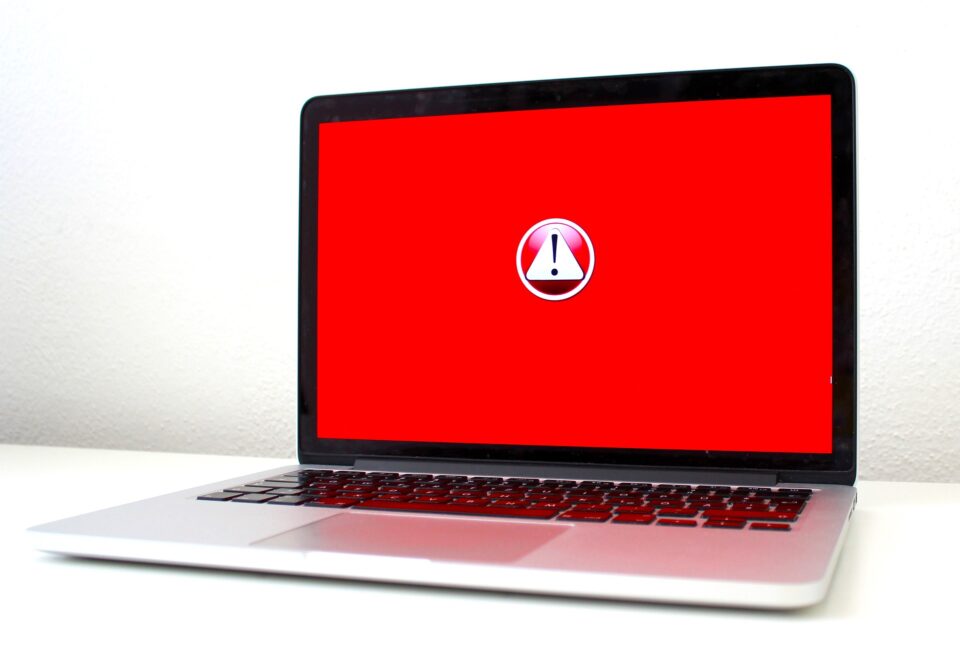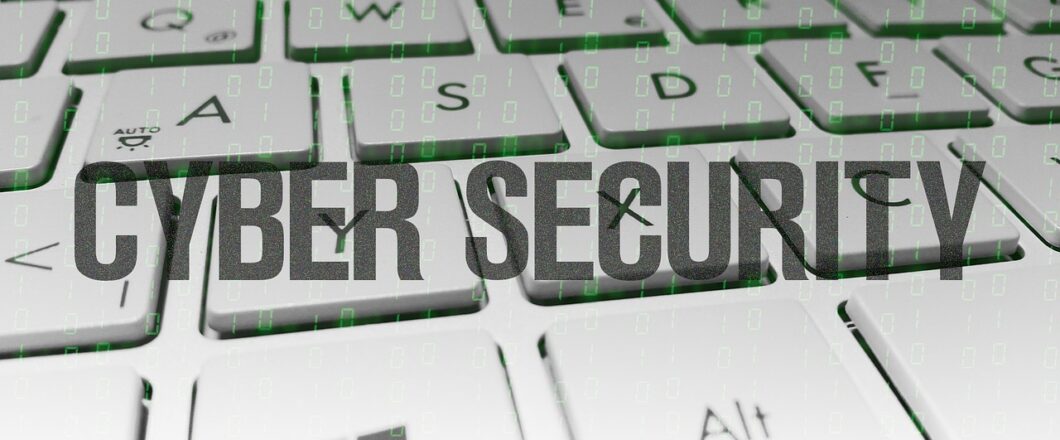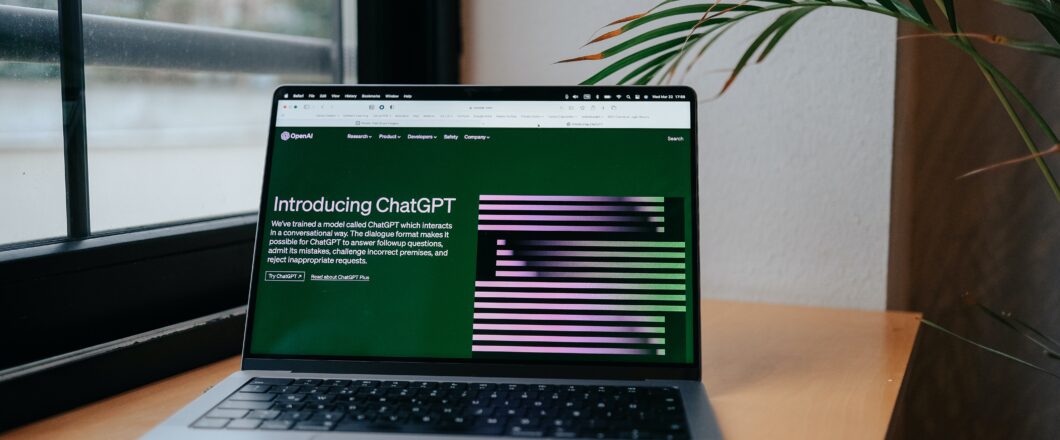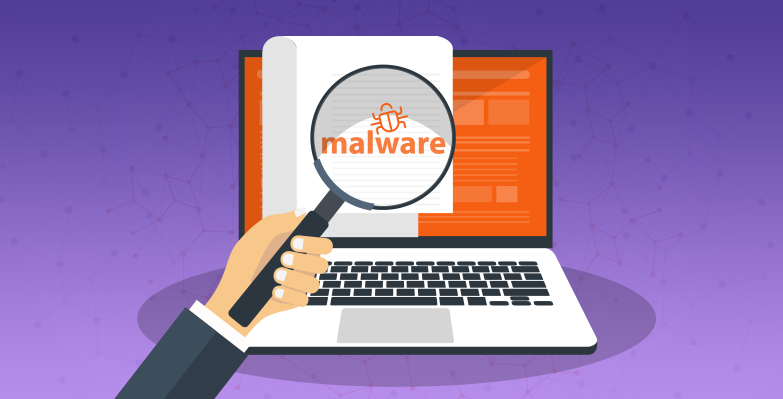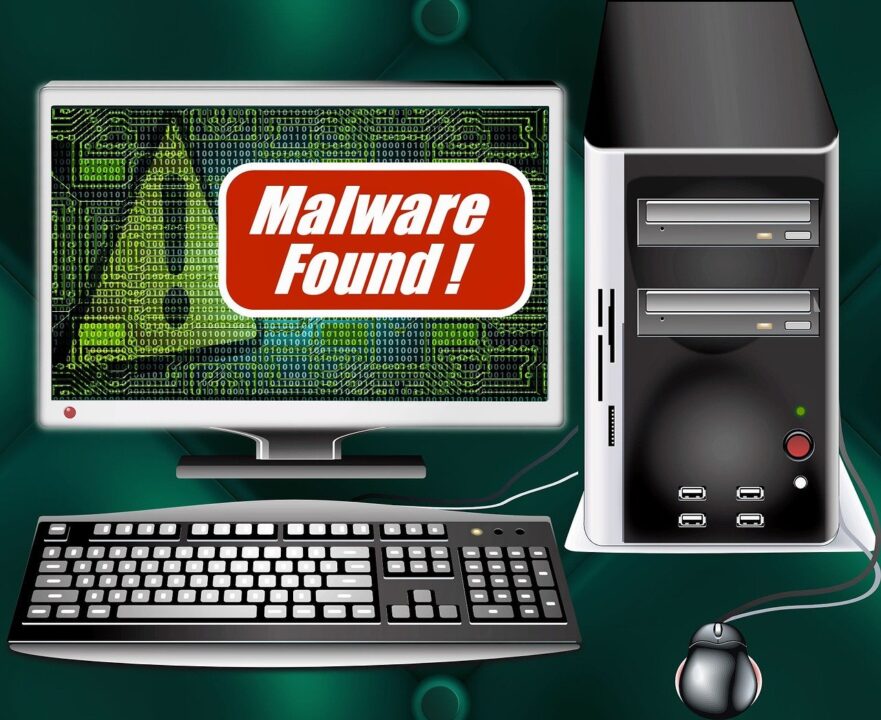
The news footage may focus on military strikes, but, behind the war in Ukraine, cyberattacks are being utilised as a major weapon by Russia.
Government-backed cyberattacks are nothing new, and they will continue to be utilized as part of global espionage campaigns for the foreseeable future. However, while these attacks are unlikely to be aimed at small businesses, the methods and techniques employed are likely to trickle down into the arsenal of smaller hackers. Therefore, in the near future, these powerful attacks could regularly be launched against your business.
At Ophtek, we pride ourselves on keeping our clients up to date on contemporary threats. But we also strive to keep you one step ahead of the hackers. And that’s why we’re going to take you through this latest attack.
Understanding the Mechanics of this Military Hack
Warfare has always relied on much more than just weapons, intelligence has always been equally important. And, with the rise of technology in the digital age, compromising IT equipment has proven to be highly rewarding in the pursuit of sensitive information. This latest attack, which has links with Russia’s FSB security service, has been launched by Shuckworm, a Russian threat actor with a long history of attacks.
February 2023 saw Shuckworm intensifying their attacks against Ukraine, a campaign which has been running for several years. Most notably, Shuckworm have been developing new malware in conjunction with command-and-control servers. Central to these attacks has been a strain of malware called Pterodo. Developed by Shuckworm, Pterodo is a backdoor attack which is executed when malicious USB drives are installed onto PCs. The first step that Pterodo takes is to install shortcut links on the infected PC, with these links given names such as evidence.rtf.lnk in order to tempt users into clicking them.
Clicking these links will install Pterodo on the user’s PC and allow Pterodo to spread through any connected drives and download further malware. To cover its tracks, Pterodo uses a number of innovative approaches. Numerous variants of Pterodo have been developed to bypass identification tools and, in order to conceal their identity, the related command-and-control servers regularly rotate their IP addresses. While the USB route for launching this attack appears to be Shuckworm’s preferred method, there is also evidence that it’s being spread through phishing emails.
How Do You Beat Military Backed Hackers?
Threat actors which receive government support are very powerful, but it doesn’t mean they are unbeatable. In fact, this latest attack by Shuckworm can easily be deflected by practicing the following:
- Be wary of USB drives: USB drive attacks have been commonplace for many years, so it’s important that you don’t let your guard down. Mysterious USB drives which arrive in the mail or are found out in the parking lot should be fully scrutinized and never plugged into your PCs. As well as compromising data security, malicious USB drives also have the potential to destroy your PC.
- Understand the hallmarks of phishing: businesses need to be vigilant against phishing campaigns in order to protect their IT infrastructure. Therefore, make sure your employees know how to identify telltale signs of phishing emails: misspellings, generic greetings, urgent demands, suspicious attachments/links, and email addresses with slight variations. If your team can stay alert to these threats, then you stand a much better chance of protecting your data.
For more ways to secure and optimize your business technology, contact your local IT professionals.
Read More



